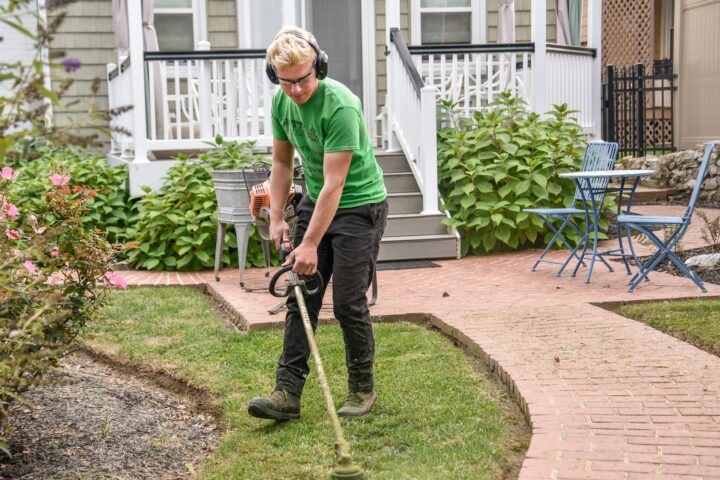While landscaping may be a business idea that’s largely seasonal in nature, it offers immense value to entrepreneurs and may unlock huge returns during the summer months.
What’s more, you can deploy similar skills (particularly soft skills) to provide a different manual service during the winter, creating far greater opportunity to earn all-year-round.
In this post, we’ll provide a brief guide to launching your landscape business and achieving viable career success. Let’s get into it!
1. Business Planning and its Importance
Prior to launching any business, you effectively need to provide proof of concept by creating a business plan that outlines your service, underlying business model and potential profitability.
This puts flesh on the bones of your idea, ensuring that you’ve successfully identified the need for your service and established how the business is going to generate a return in relation to time and your investment.
For example, a key component of this plan will outline the cost of equipment and providing gardening or landscaping services, while including information about your pricing and what you’ll charge to deliver individual landscaping services.
You should also identify a viable demographic where possible, whether you intend to provide simple and low-cost services to elderly customers or instead target young professionals with more lavish services.
2. Getting Set Up
We’d always recommend starting small with a few simple landscaping projects. There are a couple of reasons for this, with the first being that it enables you to stagger you invest and accumulate some working capital before expanding.
Secondly, this enables you to build a small but growing portfolio of work, which can be shared with customers both on and offline to provide a visual representation of your skills, standards and attention to detail.
In order to win initial contracts without a portfolio of work or proven track record, you may also want to offer discounted prices through your network. This may minimise initial profits, but it builds volume and enables you to create a potentially recurring consumer base.
3. Sourcing Materials
While you’ll retain a core selection of tools and equipment as a landscape gardener, you’ll need different materials in variable quantities from one job to the next.
Of course, you can keep a small supply of some materials on hand if they’re used regularly, using wholesale suppliers in this instance.
For example, using a builder’s merchant to source fence panelling for your landscaping work helps you to maintain stock at a reasonable cost, while unlocking trade prices across a broad selection of materials.
On a similar note, you’ll also need to source insurance coverage that protects you in case you suffer an injury on a client’s site. Similarly, you’ll to take out a liability insurance policy that protects you in the unlikely event that a customer is hurt, but it’s important to take proactive health and safety steps to avoid this where possible.
















